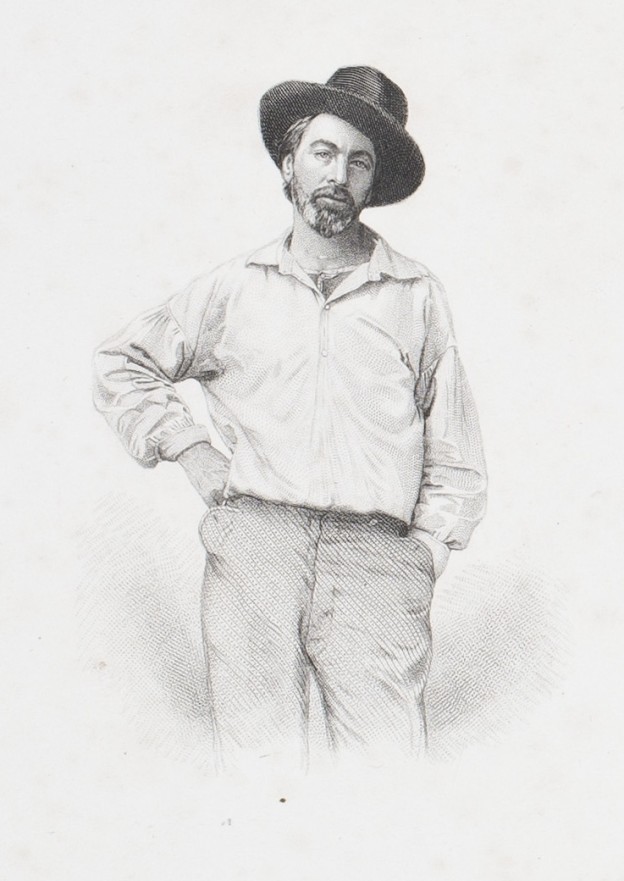Sunday. P. M.— To Cliffs via Hubbard's Grove.
Several inches of snow, but a rather soft and mild air still. Now see the empty chalices of the blue-curls and the rich brown-fruited pinweed above the crust.
(The very cat was full of spirits this morning, rushing about and frisking on the snow-crust, which bore her alone. When I came home from New Jersey the other day, was struck with the sudden growth and stateliness of our cat Min, — his cheeks puffed out like a regular grimalkin. I suspect it is a new coat of fur against the winter chiefly. The cat is a third bigger than a month ago, like a patriarch wrapped in furs; and a mouse a day, I hear, is nothing to him now.)
This as I go through the Depot Field, where the stub ends of corn-stalks rise above the snow. I find half a dozen russets, touched and discolored within by frost, still hanging on Wheeler's tree by the wall.
I see the fine, thin, yellowish stipule of the pine leaves now, on the snow by Hubbard's Grove and where some creature has eaten the resinous terminal pitch pine buds.
In Hubbard's bank wall field, beyond the brook, see the tracks of many sparrows that have run from weed to weed, as if a chain had dropped there.
Not an apple is left in the orchard on Fair Haven Hill; not a track there of walker.
Now all plants are withered and blanched, except perhaps some Vaccinium vacillans red leaves which sprang up in the burning last spring.
Here and there a squirrel or a rabbit has hastily crossed the path.
Minott told me on Friday of an oldish man and woman who had brought to a muster here once a great leg of bacon boiled, to turn a penny with. The skin, as thick as sole-leather, was flayed and turned back, displaying the tempting flesh. A tall, raw-boned, omnivorous heron of a Yankee came along and bargained with the woman, who was awaiting a customer, for as much of that as he could eat. He ate and ate and ate, making a surprising hole, greatly to the amusement of the lookers-on, till the woman in her despair, unfaithful to her engagement, appealed to the police to drive him off.
Sophia, describing the first slight whitening of snow a few weeks ago, said that when she awoke she noticed a certain bluish-white reflection on the wall and, looking out, saw the ground whitened with snow.
My first sight of snow this year I got as I was surveying about the 5th of November in a great wooded gully making up from the Raritan River, in Perth Amboy, N. J. It was a few fine flakes in the chilly air, which very few who were out noticed at all.
That country was remarkable for its gullies, commonly well wooded, with a stream at the bottom. One was called Souman's [?] Gully, the only good name for any feature of the landscape thereabouts, yet the inhabitants objected especially to this word "gully."
That is a great place for oysters, and the inhabitants of Amboy are said to be very generally 'well off in con sequence. All are allowed to gather oysters on the flats at low tide, and at such times I saw thirty or forty wading about with baskets and picking them up, the indigenous ones. Off the mouth of the Raritan, I saw about seventy-five boats one morning busily taking up the oysters which they had laid down, — their usual morning's work.
I used to get my clothes covered with beggar-ticks in the fields there, and burs, small and large.
Minot Pratt tells me that he watched the fringed gentian this year, and it lasted till the first week in November.
H. D. Thoreau, Journal, November 30, 1856
Now see the empty chalices of the blue-curls and the rich brown-fruited pinweed above the crust. See November 18, 1855 ("Now first mark the stubble and numerous withered weeds rising above the snow. They have suddenly acquired a new character. “)
Depot Field, where the stub ends of corn-stalks rise above the snow. See November 18, 1855 ("Now first mark the stubble and numerous withered weeds rising above the snow. They have suddenly acquired a new character. “)
Minot Pratt tells me the fringed gentian lasted till the first week in November. See November 4, 1853 (“To Hubbard's Close. I find no traces of the fringed gentian here, so that in low meadows I suspect it does not last very late. “); October 27, 1855 (“There are many fringed gentians, now considerably frost-bitten, in what was E. Hosmer’s meadow between his dam and the road.”); October 19, 1852 (“It is too remarkable a flower not to be sought out and admired each year, however rare . . .”) See also A Book of the Seasons, the Fringed Gentian.










